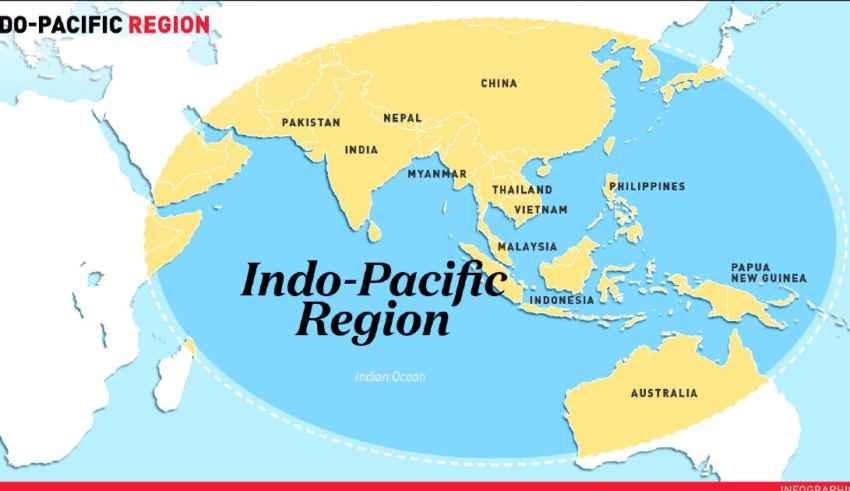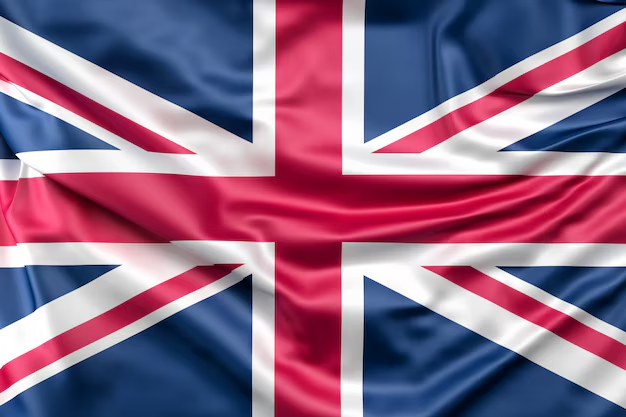
The dispute in the Indo-Pacific region has increased dramatically during the last year, showing its effects in present days of the 2021. Japan in the past months has claimed more attention from the international allies over the Chinese expansionism. In September, the former Prime Minister Yoshihide Suga travelled to Washington to attend an in-person summit of Quadrilateral Security Dialogue, a strategic security dialogue between the United States, India, Japan and Australia to maintain the security and the stability of the Indo-Pacific region. In response to the emerging China’s challenges, the United States and the United Kingdom have increased their presence in South and East China Seas strengthening their deterrence efforts to support the security and stability of Japan and Taiwan territories. The EU, in April, declared that tensions in the Indo-Pacific area destabilise the order of the region, causing “direct impact on European security and prosperity,” and, in view of that, it is necessary to adopt a caution and “multifaceted approach” with China.
In the meanwhile, France sent his warships to participate in exercises with the US and Japan, while Germany recently sent a warship for the first time in two decades. In addition, the UK has announced a permanent military presence in the Indo-Pacific and recently led a carrier strike group, including Britain’s largest warship and Dutch and US assets, to participate in joint exercises.
In parallel, China has increased its spending on defence in these years, and the estimates show that Chinese are the world’s second highest spenders, after the United States, with a 2020 budget more than three times that of the UK, and four times the budgets of Germany, France, and Japan. The reports show that the budget of the People Liberation Army has increased annually for the past two decades as well as the construction of costal infrastructures and other military capabilities. Furthermore, China recently amended coast guard law to justify the use of weapons against other vessels in order to intensify its authority over the seas. The People Liberation Army and Chinese coastguard regularly enter in the waters around the Senkaku Islands and fly with aircrafts into the Japan’s air identification zone, prompting the response of the Japanese.
China’s officials, in this respect, have said many times that their aim is to pursue a military policy that is “defensive in nature”, stressing the fact that its goal is not to attempt the security or integrity of any country. However, the declaration of the Chinese officials do not reflect the reality, in which China has ratcheted up its grey zone tactics in these months. Acting a grey zone tactic means committing in coercive activities which deliberately don’t meet the threshold for an act of war, but serve to exhaust and intimidate the other party. This the reason why Japanese observers are worried about “grey zone” activities that fall short of a full-on invasion, from cyber attacks to incursions into Taiwan’s waters by the Chinese coast guard or a land-grab of Taiwan’s outlying islands.
Japan tried to open a dialogue with China during the last days of the Japanese former Prime Minister Abe Shinzo’s mandate. He sought to stabilise relations after the Senkaku clashes, and invited Xi Jinping for a State visit in April 2020. The attempt was unsuccessful due to the spread of the Covid-19 and then the relations between the two countries have deteriorated dramatically and the recent events as well as the worries of the Japanese China-watchers have fuelled a shift in Japan’s own China policy. The new Japan’s Prime Minister, Fumio Kishida, has taken several steps among which the appointment of new Cabinet members, such as the Minister for “economic security”, charged in part with lessening reliance on China for critical supplies. He also appointed Nakatani Gen, a former Defence Minister known as a China hawk, as a human-rights defender, with an eye towards taking a tougher stance on Chinese abuses in Xinjiang and Hong Kong. The new Prime Minister passed a package in November including an unusual ¥ 774bn ($6.8bn) earmarked for additional defence spending to accelerate purchases of new missiles and aircraft. Lastly, Kishida has demurred at a visit by Xi Jinping, while stopping short of officially rescinding the invitation, deciding that Japan will not send any cabinet ministers to the Beijing Olympics in February, only a handful of sporting officials.
Recently Japan’s Prime Minister has shown that he is extremely concerned about the expansionism of China, especially in the disputed Senkaku Islands, which are under Japan’s administration. Kishida, recently, has warned the Americans about China’s ongoing efforts to undermine the stability of the East and South China Seas in order to spread its control over the region, calling the attention of the entire international community on the issue. In response, the United States Secretary of the State Anthony Blinken, together with Japan’s Foreign Minister Yoshimasa Hayashi, and the two countries’ defence ministers met virtually to discuss stepping up security ties amid a growing focus on Japan’s international role. During the meeting the ministers expressed their concerns about China’s attempt to undermine e destabilise the “rule-based” order of the region may lead to relevant political, economical, technological and military challenges in the entire region and in the world. In particular, the United States share the same concern of the Japan about the territorial dispute with China over the Senkaku Islands, arisen at the end of the second World War II, which have been the place of two clashes between 2010 and 2012. Japan’s coast guard has warned the international allies about the increasing number of incursions by Chinese warship into the disputed areas since 2012. The claim of Beijing on the aforementioned islands was also judge by the Hague in a dispute brought by Phillippines in 2016, in which the court rejected the demand of China to control the entire sea as a part of the so-called nine-dash line. Chinese government continue to ignore what has been ruling by the Hague keep building up artificial geographic structures while its warship were sent near the Japanese-administered Senkaku Islands to provoke Japan, who recently lodged formal protest concerns the fleet of seven Chinese coast guard vessels, the largest since 2016, patrolling the contiguous zone on 30 August. In view of that the United States and Japan would sign a new defence collaboration deal designed to counter emerging threats, such as hypersonic missile which are tested by North Korea in this week. The United States are not the only who signed a security deal with Japan. Some days before the meeting with the US Secretary of the States, Japan’s prime Minister signed a deal with Australia, called Reciprocal Access Agreement (RAA) during a virtual meeting between the Australian Prime Minister Scott Morrison and its Japanese counterparts Fumio Kishida. This agreement is extremely important for Japan to ensure the security of the region and to face China’s challenges, but also because it is the second deal with a foreign power in the recent Japan’s history.
The Japan’s officials are extremely worried of three main trends of China. The first is the increasing overconfidence of the latter due to its development during the last 20 years that may lead China to overcome the limits as the Japan did in the run-up of the World War II. The second is the shift from collective to individual leadership under Xi Jinping, China’s president. Then, the last is represented by the negative state of the Chinese economy. Xi Jinping recent crackdown on large private companies amid a push for “common prosperity” has left many in Tokyo worried about the future of Chinese growth. China’s support for overseas infrastructure projects through its signature Belt and Road Initiative has dropped dramatically in recent years, a sign that the Chinese economy faces “serious problems” at home, for this reason the China’s president may divert attention from a faltering economy by encouraging nationalist passions with adventurism around Taiwan or the Senkaku Islands. In light of this is necessary for the international allies of Japan to “make a point” in order to prevent any further expansionism of China in the Indo-Pacific region that could threat the integrity and the prosperity of other countries as Taiwan or Japan.
Japan urges Europe to speak out against China’s military expansion, available at:
US, Japan chide China as they deepen defence ties, available at:
https://www.aljazeera.com/news/2022/1/7/us-japan-move-closer-on-defence-amid-hypersonic-threat
How Japan sees China. Mighty, but also dangerously overconfident, available at:
https://www.economist.com/asia/2022/01/01/how-japan-sees-china
Japan now instantly scrambles jets against China’s from Fujian, available at:
Australia, Japan sign ‘historic’ defence pact amid China concerns, available at: https://www.aljazeera.com/news/2022/1/6/australia-japan-sign-historic-defence-treaty-amid-chinas-rise
By The European Institute for International Law and International Relations.














